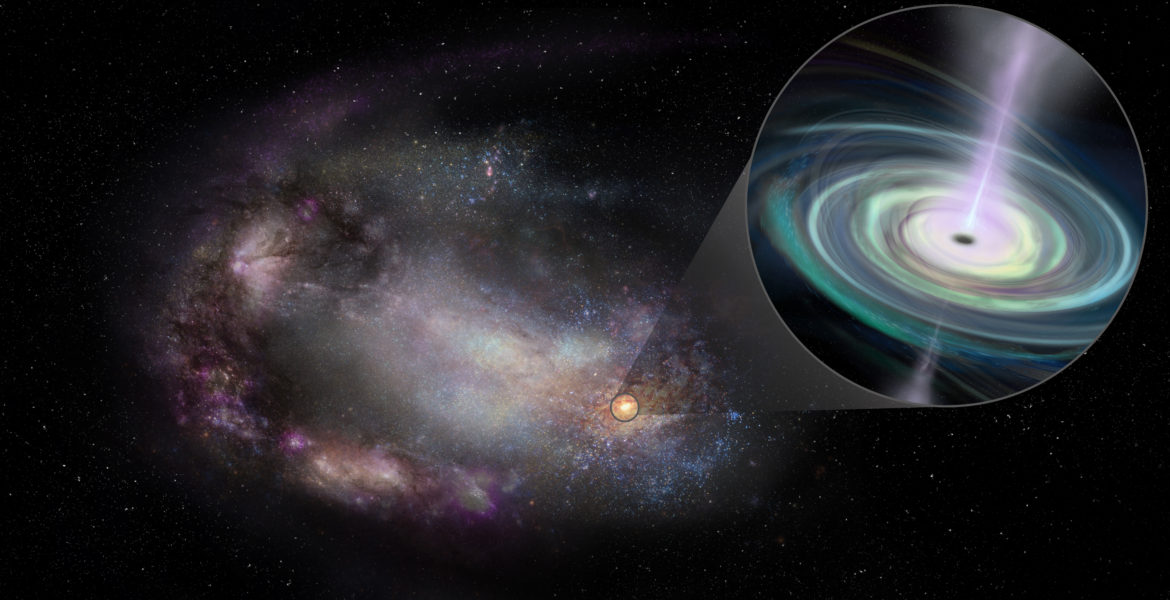
We know that at the heart of galaxies lie enormous supermassive black holes, although exactly how these black holes formed when the universe was young is a question scientists are still investigating. Now, astronomers have new clues to this conundrum with the discovery of 13 massive black holes in dwarf galaxies relatively nearby to Earth.
The 13 dwarf galaxies are less than a billion light-years away, and they are tiny compared to the Milky Way. The size of the black hole is related to the size of the galaxy, so tiny galaxies usually (but not always) have tiny black holes to match. In the case of these galaxies, scientists are expecting the black holes to be around 400,000 times the mass of our sun. For reference, the black hole at the heart of our galaxy, Sagittarius A*, is around 2,600,000 times the mass of the sun. Researchers can observe these black holes to learn about how they grow over time.
“We hope that studying them and their galaxies will give us insights into how similar black holes in the early universe formed and then grew, through galactic mergers over billions of years, producing the supermassive black holes we see in larger galaxies today, with masses of many millions or billions of times that of the sun,” Amy Reines of Montana State University, one of the researchers, said in a statement.
The black holes were discovered using the Very Large Array (VLA), a set of 28 radio telescopes each 25 meters across, that worked together to create high-resolution images of a selection of small galaxies.
“The new VLA observations revealed that 13 of these galaxies have strong evidence for a massive black hole that is actively consuming surrounding material,” Reines said. There was another surprising finding as well: “We were very surprised to find that, in roughly half of those 13 galaxies, the black hole is not at the center of the galaxy, unlike the case in larger galaxies.”
This means that there is more we have yet to learn about how black holes and galaxies evolve together over time. “This work has taught us that we must broaden our searches for massive black holes in dwarf galaxies beyond their centers to get a more complete understanding of the population and learn what mechanisms helped form the first massive black holes in the early universe,” Reines said.
The research is available to view on pre-publication archive arXiv.org.
Editors' Recommendations
- ‘Closest black hole’ isn’t actually a black hole, but a stellar vampire
- Research confirms enormous mass of supermassive black hole at center of galaxy
- This black hole is creating enormous glowing X-ray rings
- Misbehaving ‘baby’ black holes could cause strange brightening of radio galaxies
- Uh-oh: Black hole up to 100 billion times the mass of the sun has vanished




